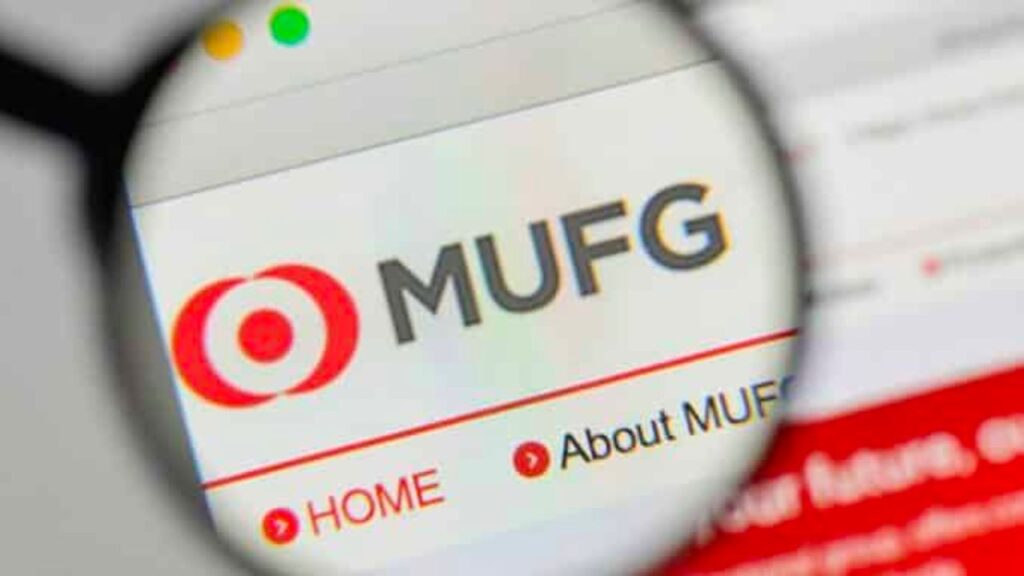Mitsubishi UFJ Financial Group Inc., the leading Japanese bank, is actively engaged in negotiations with global stablecoin issuers to facilitate the issuance of their tokens through its own blockchain platform.

Quick facts:
- MUFG is in discussions with global stablecoin issuers to enable them to issue tokens through its Progmat blockchain platform.
- Japan’s stablecoin law, effective June 1, allows licensed banks, registered money transfer agents, and trust companies to issue stablecoins.
- Recent incidents, such as the crash of Terra UST, have raised concerns about the stability of stablecoins, prompting increased scrutiny of these digital assets.
As of June 1, Japan’s stablecoin law has come into effect, permitting licensed banks, registered money transfer agents, and trust companies in the country to issue stablecoins.
In light of this, Mitsubishi UFJ Financial Group (MUFG) is actively engaging in discussions with various entities to explore the utilization of its Progmat blockchain platform for the creation of stablecoins linked to foreign currencies, including the US Dollar.
Stablecoins play a crucial role in the cryptocurrency industry, serving as a safe haven for investors to temporarily store their funds during trades involving more volatile digital assets.
Designed to maintain a stable value, usually pegged at around $1, stablecoins are frequently supported by reserves like cash and bonds. CoinGecko data indicates that approximately $130 billion worth of stablecoins are currently in circulation.
During an interview with Bloomberg, Tatsuya Saito, the Vice President of Products at MUFG, expressed confidence in the safety and reliability of stablecoins following the implementation of the new legislation. Saito emphasized that issuers and users can now have peace of mind when utilizing stablecoins under the regulatory framework.
According to Saito, the vice president of products at MUFG, the Japanese banking giant is considering the potential application of its Progmat blockchain platform to issue security tokens on behalf of external parties. However, at present, MUFG does not have any immediate intentions to launch its own stablecoin.
MUFG Aims to Establish Itself as a Hub for Stablecoin Issuance with Progmat Blockchain
In light of the growing popularity of stablecoins, regulators have intensified their examination of these digital assets.
According to Mr. Saito, discussions are underway between the bank and entertainment companies, non-financial businesses, and a group of Japanese financial institutions regarding stablecoin projects. This has also sparked inquiries from overseas financial groups, potentially positioning Japan as a global hub for stablecoin issuance.
The dominant stablecoin, Tether (USDT), holds over 60% of the market value in the sector, followed by Circle Internet Financial’s USD Coin. To produce stablecoins in Japan, issuers must comply with the country’s regulations.
Mr. Saito noted that the regulation allowing stablecoins to be denominated in various currencies, including the US Dollar, opens up possibilities for issuing tokens for international use.
How Stable are Stablecoins?
In May 2022, significant events in the crypto market challenged investors’ beliefs about digital assets, particularly stablecoins.
While crypto investors are accustomed to price volatility, the unexpected plummeting of Terra UST, a stablecoin, caused a market crash, drawing attention to the incident’s significance in the crypto industry.
Stablecoins, as the name implies, are cryptocurrencies tied to the value of the US dollar or other fiat currencies, providing stability amidst market volatility. However, recent incidents like the crash of Terra UST have raised doubts about the true stability of these coins.
Despite initially having a value close to the US dollar, Terra UST plummeted to less than $0.20, and its native coin, LUNA, experienced a similar decline. These events have sparked increased scrutiny and skepticism regarding the reliability of stablecoins.